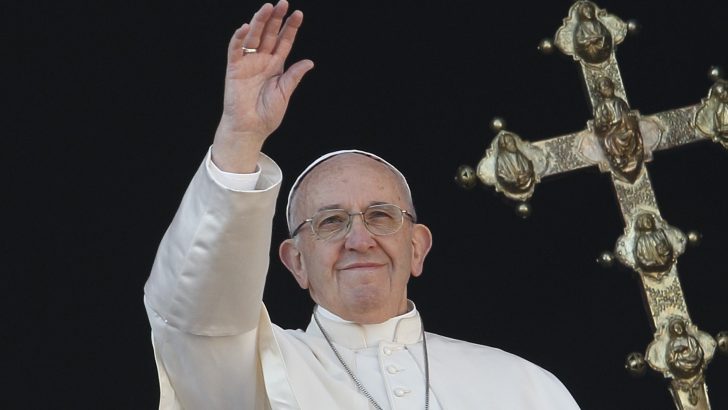The Church doesn’t exist for itself – it exists to serve the world. It may seem like the most obvious of things to say, but too often we cling to old structures and patterns of behaviours that have long since outlived their usefulness as if they are things that matter in and of themselves. The job of the Church is to be fit for mission, and in modern Ireland that means being able to adapt to a very different reality than we’re used to. It also means that a ‘keeping the show on the road’ mentality is not only suboptimal, it is lethal.
The surprise resignation of Bishop of John McAreavey late last week brings to six the number of Irish dioceses awaiting the appointment of a new bishop after Bishop-elect Dermot Farrell is ordained in Ossory this weekend – that’s almost a quarter of the 26 dioceses.
Dromore is one of the smallest dioceses in the country with just 22 parishes. Clonfert – where Bishop John Kirby submitted his resignation to the Pope almost five years ago on reaching the mandatory age of 75 – has just 24 parishes. Similarly, Achonry (currently vacant) has just 23 parishes while Killala has just 22. Each diocese has just a couple of dozen priests.
At the time of the Apostolic Visitation to the Church in Ireland ordered by Pope Benedict XVI, the idea of amalgamating smaller dioceses was hugely resisted by the hierarchy. Some argued – rather unconvincingly in my view – that people would feel hurt and their sense of identity as a dioceses would be wounded. Yet, with the diminishing importance of diocesan colleges and all that entailed including pupils travelling from all over the diocese to attend such schools, that sense of identity is fast becoming a thing of the past. Few people in a diocese, apart from the priests, have any particularly strong feeling of being part of that diocese as opposed to another one.
In a report on the Diocese of Dromore published in 2011, the National Board for Safeguarding Children in the Catholic Church in Ireland (NBSCCCI) highlighted particular difficulties facing smaller dioceses. The report found that: “there are significant challenges in responding to allegations of abuse in smaller dioceses, which are not evident in larger dioceses; for example, the familiarity between the priests and bishops and the consequent personal stress which follows when a bishop has to take action to restrict a priest’s ministry and the lack of resources to employ independent safeguarding personnel”.
Safeguarding is just one area where smaller dioceses face challenges because of their size. There can also often be a lack of a particular skillset given the relatively small number of clergy and people actively involved in parishes. Youth ministry and work with engaged and newly-married couples is also hugely challenging given the small numbers.
A reform of the structures of the Church in Ireland which could see the number of dioceses reduced from 26 to 12 would allow Church leaders to better concentrate resources and personnel. Of course, structural reform is no panacea and it is not a substitute for the authentic reform at a spiritual level that all Catholics are constantly called to, but it would be a powerful sign that the Church is committed to being fit for purpose in a changed Ireland and serious about the mission entrusted to it by Christ. A smaller, more streamlined hierarchy would also be better equipped to respond to challenges in a timely fashion.
It’s a proposal worth giving serious consideration to.


 Michael Kelly
Michael Kelly
